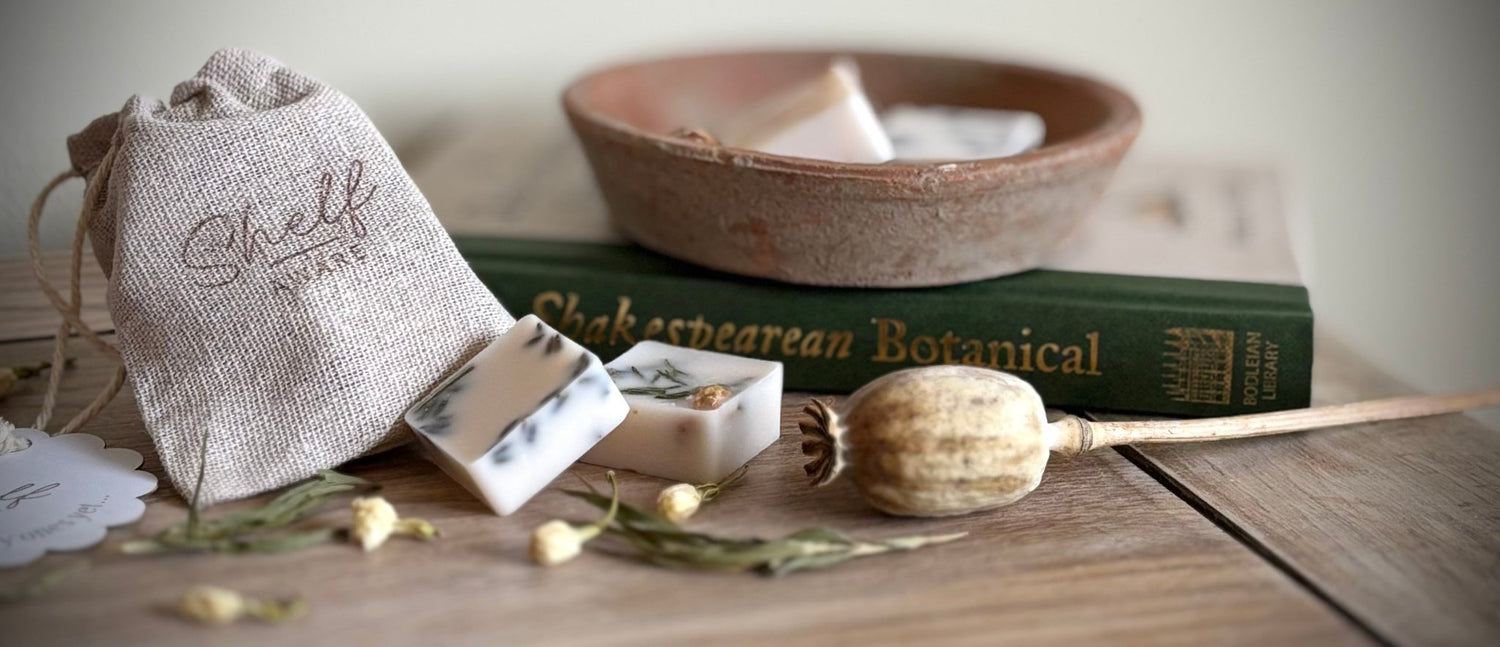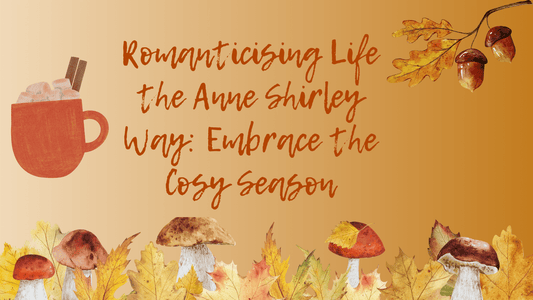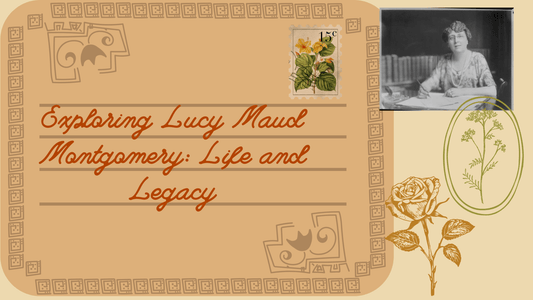Introduction to Jane Austen and Her House
Who Was Jane Austen?
Jane Austen (1775–1817) remains one of the most influential novelists in English literature, renowned for her insightful depictions of rural, Regency‑era society. Born in Steventon, Hampshire, she penned classics such as Pride and Prejudice, Sense and Sensibility, Emma, and Persuasion. Her work is characterised by sharp social commentary, vivid characterisation, and a witty examination of marriage, class, and morality.
Despite living most of her life outside the literary spotlight, Austen bridged the gap between polished fiction and keen observation. She published her early novels anonymously, but their popularity grew steadily. Today, Elizabeth Bennet, Mr. Darcy, and the rest remain integral to the culture of Austen fandom and 19th‑century literature. Jane Austen’s life and legacy in Hampshire where she wrote, revised, and spent her final years, continue to attract readers and scholars eager to understand her world.
The Significance of Jane Austen's House in Hampshire
Jane Austen’s House Museum in Chawton, Hampshire, holds a unique place in literary heritage. It was here, after moving from Steventon in 1809, that Austen revised her first drafts and completed her major novels, including Pride and Prejudice! The house is the only residence where she lived and wrote longer than anywhere else...a central location in Austen’s life and a must-visit if you're a fan.
For visitors, the house offers a tangible link to Austen’s daily routine. In this modest but charming cottage, she spent mornings writing at a small table, read correspondence with her sister Cassandra, and interacted with neighbours and family who often provided inspiration for her characters. The setting provides insight into her creative process and social life.
As both a literary pilgrimage site and a well-preserved historical home, the Jane Austen Museum in Hampshire plays a vital role in celebrating Austen’s legacy. The cottage’s rooms, gardens, and atmosphere evoke the backdrop of Pride and Prejudice from the genteel domesticity of domestic scenes to the countryside that shaped her imagination.
The History of Jane Austen's House Museum
The Origins of the House
The cottage in Chawton was part of a larger estate belonging to Austen’s brother, Edward, who provided the home to Jane, her mother, and her sister Cassandra in their later years. Built in the 17th century, the house was modest by gentry standards but offered Austen stability and inspiration during her most productive writing period. The rural Hampshire setting, with gardens and nearby hamlets, provided serenity and the rural scenes so familiar in her novels.
Becoming a Museum
After Austen’s death, the house remained in family hands until the mid-20th century. In 1947, Virginia Austen, a descendant, turned it into a museum to preserve her legacy. Since then, Jane Austen’s House Museum has welcomed generations of visitors. It now functions as a literary shrine, showcasing Austen’s work, personal belongings, and period furnishings. The museum continually works to preserve and interpret her life for literary tourists and scholars alike.
Exhibits and Collections
Notable Artefacts
The museum contains authentic artefacts from Austen’s life, including her small writing table, first editions of Pride and Prejudice and other novels, and personal items such as her jewellery, letters, and a patchwork quilt she made with Cassandra. Visitors can view portraits of the Austen family and items from the household that inspired scenes in her novels. You get to view truly special items that have shaped a huge part of the literary canon.
Interactive Features
Interactive exhibits bring Austen’s world to life. Visitors can try writing with quill pens, listen to readings from her letters and novels in the garden, and watch films about her life. Educational panels trace how Austen’s everyday surroundings in Hampshire influenced the settings and characters in her novels.
The Connection between the House and Pride and Prejudice
Inspiration for Characters and Settings
The rhythms of village life, the pace of social calls, and the intimate households depicted in Pride and Prejudice reflect Austen’s experiences living in Hampshire. Many believe aspects of Chawton life: its family dynamics, social gatherings, and local interactions inspired the Bennet family household. Elizabeth Bennet’s values and observations echo the author’s own life among Hampshire rural society.
Austen's Writing Process
Austen wrote Pride and Prejudice and revised other novels at a small writing table in the Chawton cottage. The focused atmosphere, routine, and domestic surroundings sustained her creativity. The museum allows visitors to see where she worked daily, surrounded by family letters, manuscripts, and manuscripts that became her finished novels. This intimate connection fosters deeper appreciation of how the house influenced her craft.
Visitor Information
Planning Your Visit
I cannot wait to visit here!Jane Austen’s House Museum in Hampshire is open seasonally so you're best off to check the official website for opening hours and ticket options. Chawton is close to Alton and accessible by train or car. Visitors often pair the trip with visits to Winchester Cathedral, where Austen is buried, offering a fuller picture of her life in Hampshire. What a special trip!?
Activities and Events
The museum hosts regular events including guided house tours, Austen-themed talks, workshops, and seasonal activities like Regency garden parties. Special events sometimes include readings from Pride and Prejudice or writing workshops inspired by Austen’s process.
250th Anniversary Celebrations
A few of these are definitely on my list! Jane Austen’s House has big plans for 2025 to celebrate her 250th birthday, and it’s going to be a whole year of Austen-inspired fun. Expect three major exhibitions—including one all about her writing process, a spring showcase of Cassandra’s artwork, and the fabulously titled “Austenmania!” celebrating TV and film adaptations like the iconic 1995 Pride and Prejudice. There’ll be themed mini-festivals throughout the year, each focused on a different novel, with live readings, candlelit talks, creative workshops, and re-enactments. A pop-up touring exhibition will hit Hampshire libraries, and fans worldwide can join in via online events—yes, even a livestreamed birthday bash on December 16. Whether you’re visiting the museum or joining from home, it’s the ultimate Austen celebration.
Exploring Jane Austen’s House in Hampshire provides a uniquely immersive journey into the life of one of Britain’s greatest novelists. From the writing table where Pride and Prejudice took shape to artifacts that evoke Regency-era domestic life, the Jane Austen Museum offers a compelling portrait of Austen’s writing world and her literary heritage.
Whether you're drawn by appreciation for Austen’s novels, interest in her creative life, or passion for literary history, visiting her Hampshire home deepens understanding of her stories and characters. It is a destination that offers both inspiration and connection—a place where readers can walk in the footsteps of the author whose words continue to captivate the global imagination.
To mark the anniversary, I’ve created a collection of Jane Austen–inspired wax melts, each scent designed to capture the charm and atmosphere of her beloved novels. It’s a cozy, fragrant way to bring a little Austen magic into everyday life—browse the collection now and find your perfect scent and favourite quote.










